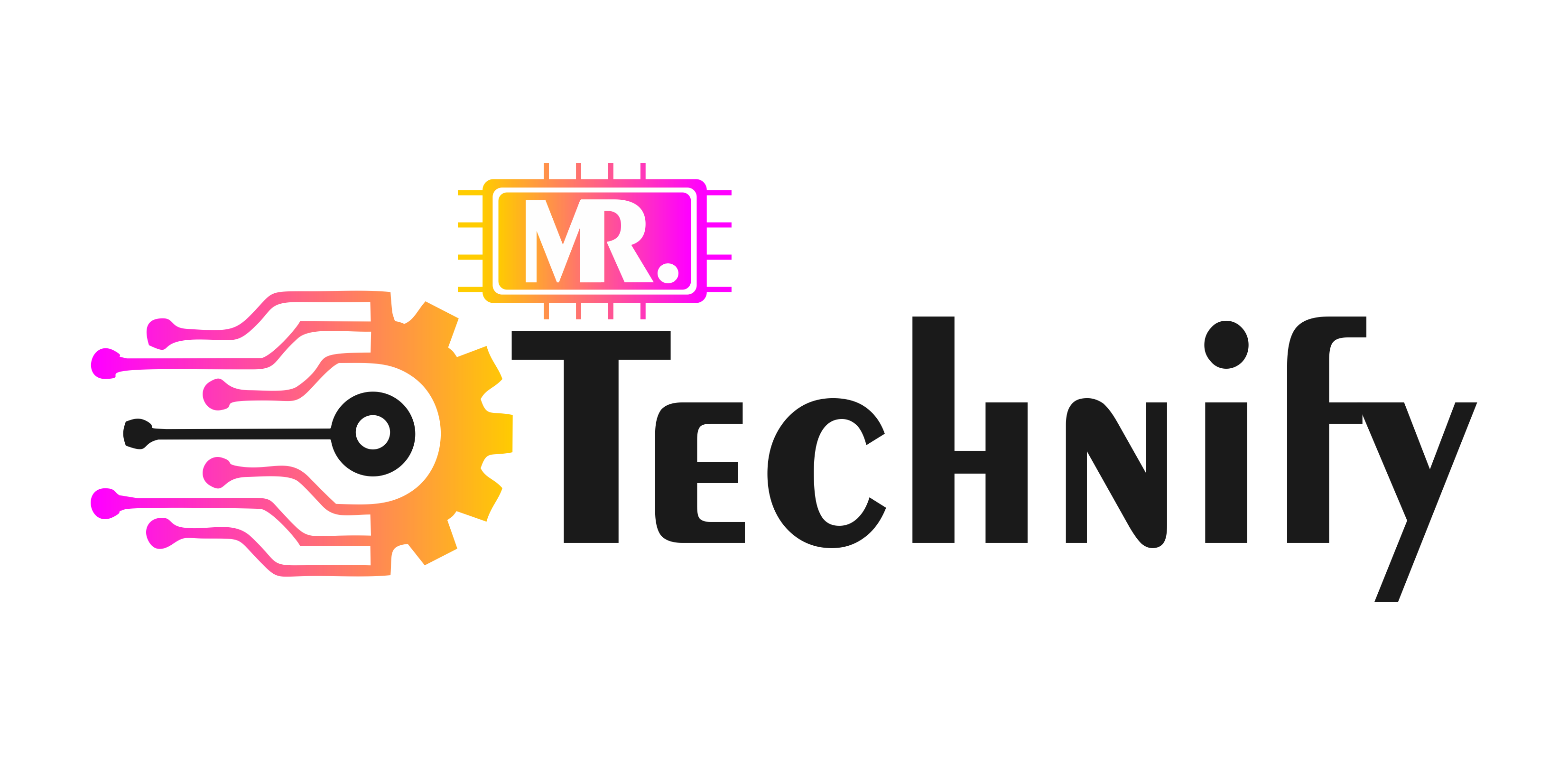Introduction Nanotechnology in Medicine
Have you ever imagined a world where tiny robots swim through your bloodstream, diagnosing diseases or delivering drugs precisely where needed? Sounds like science fiction, right? Enter the exciting realm of nanotechnology in medicine. Let’s embark on this microscopic journey together.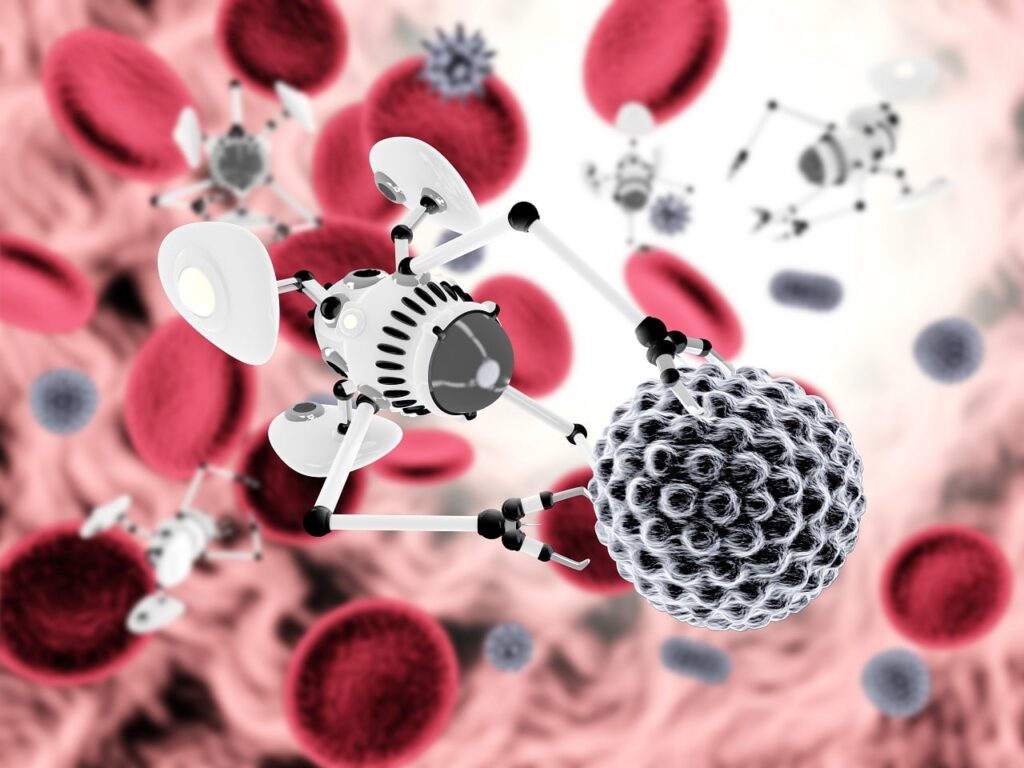
Evolution of Nanotechnology
-
Brief History
Remember reading about ancient stained glass windows in medieval Europe? Believe it or not, they were our earliest encounters with nanotechnology. They achieved their vivid colors through gold and silver nanoparticles! Fast forward to the 21st century, nanotechnology has advanced far beyond beautiful windows.
-
Present-day Applications
Today, nanotech finds its applications in numerous fields, from electronics to cosmetics and, yes, the life-altering domain of medicine. But how exactly does it make a mark in the medical world?
Benefits in Medicine
-
Drug Delivery
Imagine a pill that delivers its components precisely where needed, reducing side effects. Thanks to nanotech, we have ‘nano-capsules’ which can release drugs directly to targeted cells, increasing effectiveness and minimizing unwanted side effects.
-
Diagnostic Methods
Ever heard of ‘liquid biopsies’? These tests detect minute traces of tumor DNA in blood, paving the way for early and non-invasive cancer detection. Nanotechnology plays a pivotal role here.
-
Regenerative Medicine
Lost a tissue or an organ? Nanotech promises a future where regeneration might be possible using nanofibers that guide tissue regeneration. Like scaffolding on buildings, but for your body!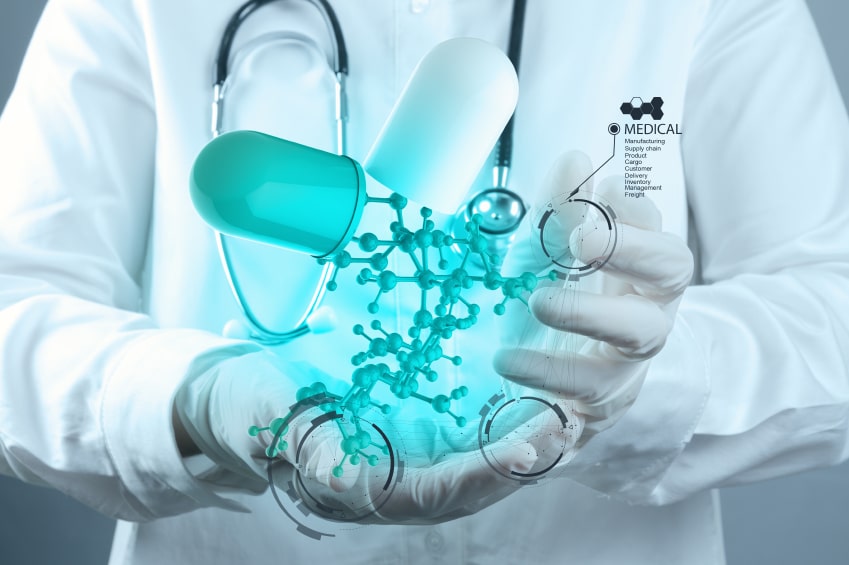
Current Innovations
-
Nanobots for Treatment
These are not the bots you chat with online. Nanobots are microscopic robots programmed to repair cellular structures or destroy pathogens. Sounds like something out of a sci-fi novel.
-
Nano-Imaging Techniques
Getting a clearer picture, literally! Nano-imaging techniques allow for sharper, more detailed images of biological structures, making diagnosis and treatment even more accurate.
Potential Risks & Ethical Concerns
-
Health Risks
As with every innovation, there are concerns. What if these nanoparticles end up where they shouldn’t? Could they harm healthy tissues?
-
Environmental Concerns
How do these nanoparticles affect our environment when disposed of? As we continue to innovate, we must also ensure we aren’t causing unintentional harm to our planet.
The Future of Nanotechnology in Medicine
The horizon looks promising. With research and development in full swing, we might soon witness a healthcare revolution. The possibilities seem boundless, from personalized treatment plans to effective therapies for previously incurable diseases. Are you ready for the nano-revolution?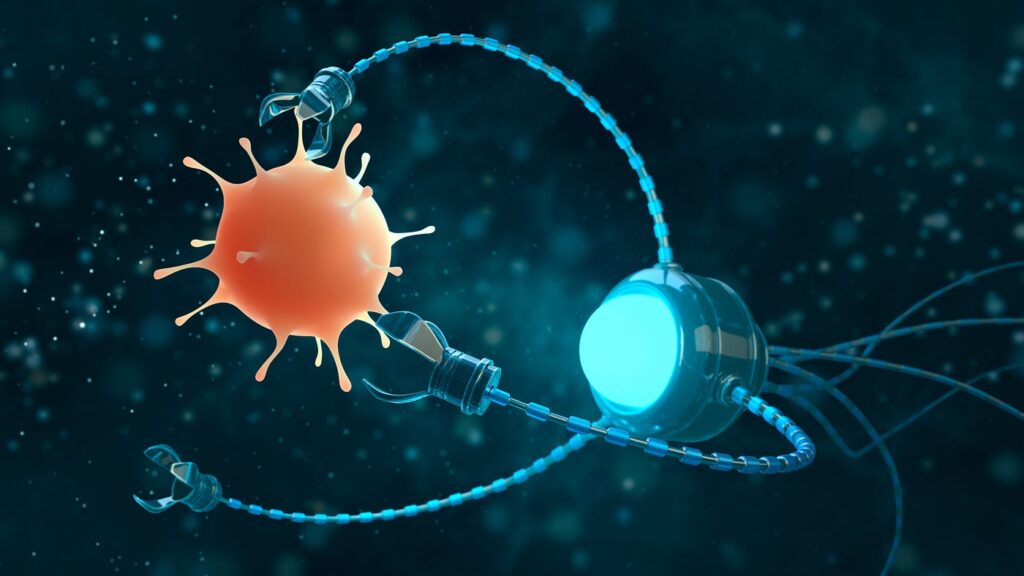
Conclusion
Nanotechnology in medicine is about improving our capacity to detect, cure, and even prevent illnesses with remarkable accuracy, not merely about tiny robots or magic pills. One thing is sure: the merging of nanotechnology and medicine will completely change how we live in the future as long as humanity continues expanding our grasp of the nano-world and testing its limits.
FAQs for Nanotechnology in Medicine
Are nanobots already in use in medicine?
While there's promising research, nanobots aren't a standard medical treatment. The concept is in the experimental stages.
How safe are these nanoparticles in the human body?
The safety varies. While many are deemed safe, research continues to understand potential long-term effects.
Can nanotechnology cure cancer?
Nanotechnology provides new approaches to detecting, treating, and monitoring illness, perhaps resulting in more potent medicines, even if they cannot "cure" cancer.
Is nanomedicine available to the general public?
Some applications, like specific drug delivery systems, are available. However, many are still in research or clinical trial stages.
Rate Our Article (Nanotechnology in Medicine: A Revolutionary Shift)How much do you like our Article
